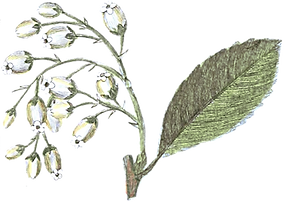A brief view of level one CACPT training
- Karla Eskerod
- Aug 6, 2015
- 2 min read

Clay Work: A Gestalt Approach
Activity: With your eyes closed create with the clay. Your fingers will know where you want them to go. What a surprise it will be with your eyes closed! Now let’s describe your clay.
Objective: Conscious and unconscious emerges, children may present fears of love, sense of abandonment, or lack of trust concerns pending on child’s needs.
Family Aquarium: Family Play Therapy
Activity: First, draw a picture of a fish, next cut the fish out and put it in a construction paper aquarium. Have each family member complete this task.
Objective: Look for placement of the fish family, notice interactions, frustrations, and problem-solving skills.
Family Sand tray Genogram: Family Play Therapy
Activity: Ask family members to choose miniatures for each family member. For example, a child would choose a miniature for themselves, and one for each member of their family. Discuss with the family their choices.
Objective: Notice family interactions and dynamics. Talk about the choice of miniatures with each family member. Debrief with family.
In-School Support: Sand tray Group
Activity: Begin with a group check-in. Next request group members to find miniatures and ask the group to create their world in the sand. Remind children about boundaries. Finally allow each child to share their sand tray.
Objective: Non-directive play therapy approach allowing children to express their challenges. Children gain co-operation skills, empathy, choices, and control. Option, take a digital photo each week and present to child following eight week group. See Real Rancho New Mexico School for more information.
Family Strengths Genogram: Family Play Therapy
Activity: Choose an object to represent a positive attribute for each family member in addition to yourself.
Objective: Strengths based approach, able to provide process questions such as “anything surprising coming out here?”
A Lot on my Plate
Activity: Write worries on small pieces of paper. Next have the client hold the plate up (for 30 seconds). Check-in with client, ask how their feeling (tired, unstable, lopsided). Discuss with client how our bodies respond to stress. Ask client to name one of the worries on their plate that they would like to address the most. Ask- “how would you feel with a lighter plate”…remind client, “although we can’t always come up with solutions to all of our worries, often just taking about it feels better”.
Objective: This activity isn’t about solving problems but instead externalizing them.














Comments